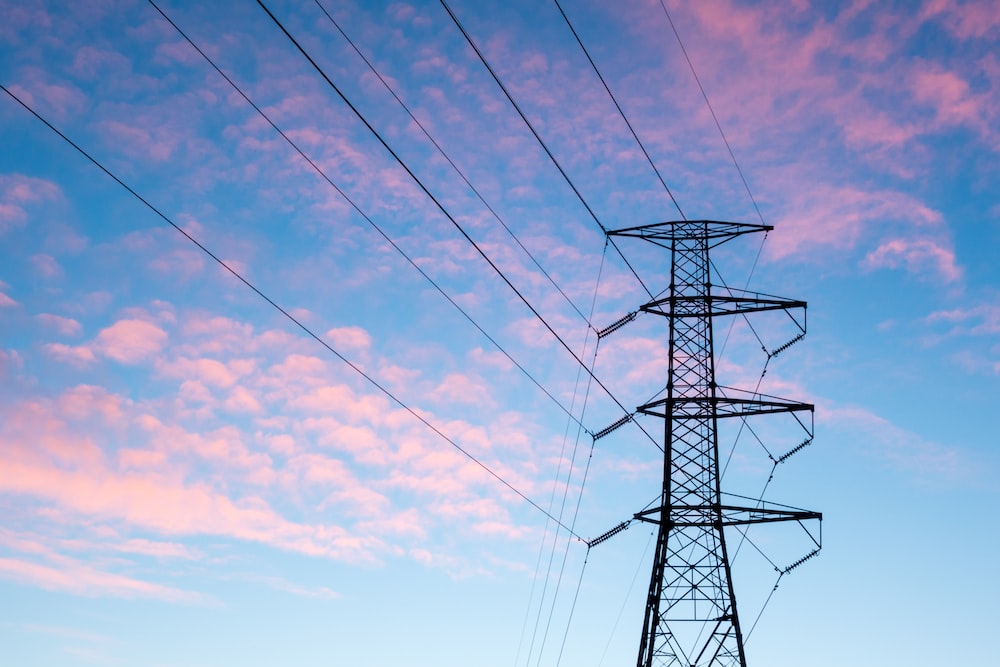ข่าว
High Voltage Power Supply Module: Amplifying Energy Efficiency and Output Performance
Author: ZYG Power Module Time: 2023-10-13
Introduction
High voltage power supply modules are essential components in various industries, ranging from healthcare to telecommunications. These modules are responsible for providing the necessary voltage levels to operate various devices and equipment. With advancements in technology, there has been a growing demand for more efficient and high-performing power supply modules. This article aims to explore how high voltage power supply modules can amplify energy efficiency and output performance.
Enhancing Energy Efficiency
Energy efficiency is a crucial aspect when it comes to power supply modules. Inefficient power supplies not only waste energy but also generate excessive heat, leading to increased energy consumption and potential device failures. To amplify energy efficiency, high voltage power supply modules employ various techniques.
One such technique is the use of switching regulators. Unlike linear regulators, switching regulators operate by rapidly switching the input voltage on and off. This process reduces the amount of power dissipated as heat and leads to higher energy efficiency. Switching regulators also offer higher voltage conversion ratios, allowing for better adaptation to different voltage requirements.
Another way to enhance energy efficiency is through the use of advanced control algorithms. These algorithms continuously monitor the load requirements and adjust the power supply accordingly. By dynamically adjusting the voltage and current levels, the power supply module can operate at its optimal efficiency, minimizing energy waste.
Improving Output Performance
Output performance is another crucial factor in high voltage power supply modules. It refers to how effectively the module can provide the required voltage and current to the load. Improving output performance requires attention to voltage regulation, linearity, and transient response.
Voltage regulation ensures that the power supply module maintains a stable output voltage regardless of variations in the input voltage or load conditions. High-quality power supply modules employ feedback control mechanisms to achieve precise voltage regulation, minimizing voltage fluctuations and ensuring consistent performance.
Linearity refers to how accurately the power supply module can provide the desired output voltage across a wide range of load conditions. Non-linear power supply modules can lead to distortion or instability in the output signal, affecting the performance of the connected devices. High voltage power supply modules employ advanced circuit designs and components to ensure excellent linearity.
Transient response refers to how quickly the power supply module can respond to sudden changes in the load requirements. Rapid transient response is crucial in applications where the load can vary rapidly, such as in communication systems. By employing advanced control and filtering techniques, high voltage power supply modules can deliver a stable output even during sudden load fluctuations.
Conclusion
High voltage power supply modules play a vital role in various industries, and their energy efficiency and output performance are crucial factors to consider. Through the use of switching regulators, advanced control algorithms, and precise voltage regulation, these modules can amplify energy efficiency and ensure stable and accurate output performance. As technology continues to advance, it is essential to keep pushing the boundaries of power supply module design, enabling more efficient and high-performing solutions for the future.
ก่อนหน้า: Top-Notch Fully Modular Power Supply: Unveiling the Best Choice
ต่อไป: DC to DC Step Down Adjustable Power Supply Module: Efficient and Versatile Power Regulation Solution
ข้อมูลที่เกี่ยวข้อง
-
2023-3-31
Quality Control in DC-DC Converter Manufacturing: The Role of the Factory
Quality control is an essential aspect of any manufacturing process, and DC-DC converter manufacturing is no exception. DC-DC converters are electronic devices that convert DC voltage from one level to another, and their quality is critical in many applications, including telecommunications, data centers, and medical devices. The role of the factory in ensuring the quality of DC-DC converters cannot be overstated, as they are responsible for implementing and monitoring quality control measures throughout the production process. In this article, we will discuss the role of the factory in quality control in DC-DC converter manufacturing, including the measures they take to ensure that the products meet the highest quality standards. Quality Control Measures in DC-DC Converter Manufacturing The quality...
ดูรายละเอียด -
2023-5-22
Powering Industrial Equipment with Efficient AC-DC Converters
The reliable and efficient operation of industrial equipment relies heavily on the quality of the power supply. To ensure optimal performance, industrial equipment often requires a stable and clean DC voltage that can be generated from the AC mains power supply using an AC-DC converter. Traditionally, industrial equipment has been powered by bulky and heavy linear power supplies that convert AC to DC using a transformer and rectifier circuit. However, advancements in semiconductor technology have led to the development of more efficient and compact AC-DC converters that utilize switch-mode power supply (SMPS) topologies. One of the most common SMPS topologies used in industrial equipment is the flyback converter. This topology is simple, cost-effective, and can provide high power density. It...
ดูรายละเอียด -
2023-6-30
Bidirectional DC-DC Converter: A Versatile Solution for Efficient Power Flow
Introduction: With the increasing demand for efficient power distribution and energy management in various applications such as renewable energy systems, electric vehicles, and microgrids, the bidirectional DC-DC converter has emerged as a versatile solution. This article aims to discuss the working principles, advantages, and applications of bidirectional DC-DC converters, highlighting their significance in achieving optimal power flow. 1. Working Principles: A bidirectional DC-DC converter is a power electronic device that enables the transfer of electrical energy between two DC voltage sources bidirectionally. It consists of two stages: step-up (boost) and step-down (buck) converters. The bidirectional flow of power is achieved by controlling the switching states of semiconductor devices, such as MOSFETs or IGBTs, in both stages. By regulating the voltage...
ดูรายละเอียด -
2023-8-2
Efficient AC to DC Converter for LED Lighting with 12V Output
Introduction: In recent years, LED lighting has gained popularity due to its energy efficiency and long lifespan. To power these LED lighting systems, an efficient AC to DC converter is required to convert the alternating current (AC) from the power source to the direct current (DC) needed by the LEDs. This article explores the importance of an efficient AC to DC converter for LED lighting and presents a detailed analysis of a converter with a 12V output. Advantages of LED Lighting: Before delving into the AC to DC converter, it is essential to understand the advantages of using LED lighting. LEDs are renowned for their energy efficiency, consuming significantly less energy compared to traditional incandescent bulbs. Additionally, LEDs have a...
ดูรายละเอียด -
2023-4-14
AC-DC Converter: A Guide to Understanding and Utilizing It
An AC-DC converter is an electronic device that converts alternating current (AC) to direct current (DC). This technology is commonly used in various electronic devices such as computers, televisions, and home appliances. The AC-DC converter works by taking the AC input voltage and using a rectifier to convert it to a DC voltage. The rectifier is usually a diode, which allows current to flow in only one direction. Once the voltage is rectified, it is then filtered through a capacitor to remove any remaining AC components. The final output voltage is then regulated to ensure that it remains constant and free from any fluctuations. There are two main types of AC-DC converters: linear and switching. Linear converters use a simple...
ดูรายละเอียด -
2023-6-19
LED Power Supply: Converting 12V AC to DC for Optimal Performance
As the world becomes more reliant on technology, there is a growing demand for efficient and reliable power supplies. One option that has gained popularity in recent years is LED power supplies, which convert 12V AC to DC for optimal performance. In this article, we will explore the benefits of LED power supplies and how they work. LED power supplies are specifically designed to power LED lighting systems, which have become increasingly popular due to their energy efficiency and long lifespan. However, LED lights require a constant DC voltage to function properly, which is not provided by the standard AC power supply found in most homes and buildings. This is where LED power supplies come in. The main function of...
ดูรายละเอียด



















